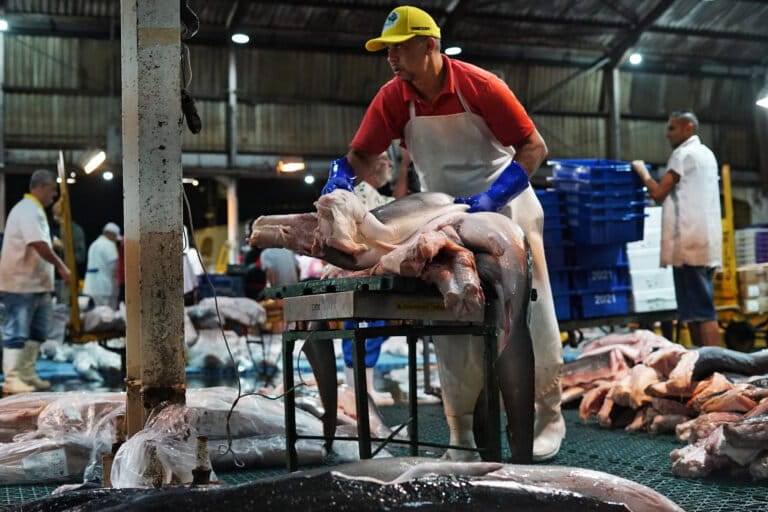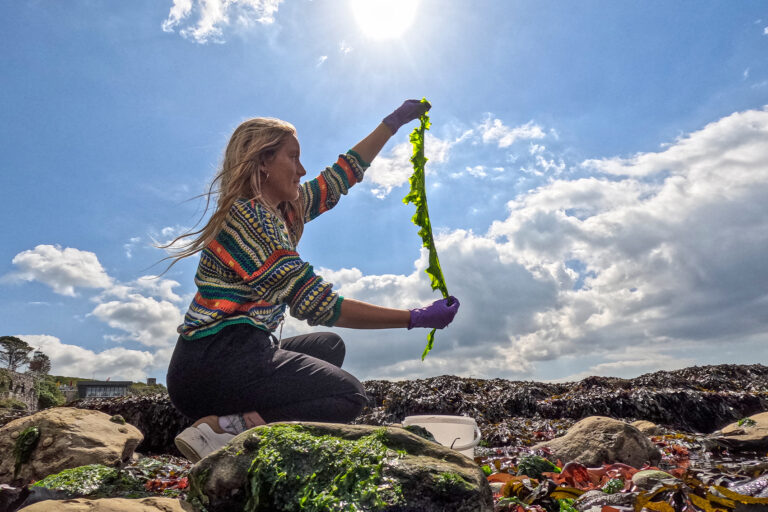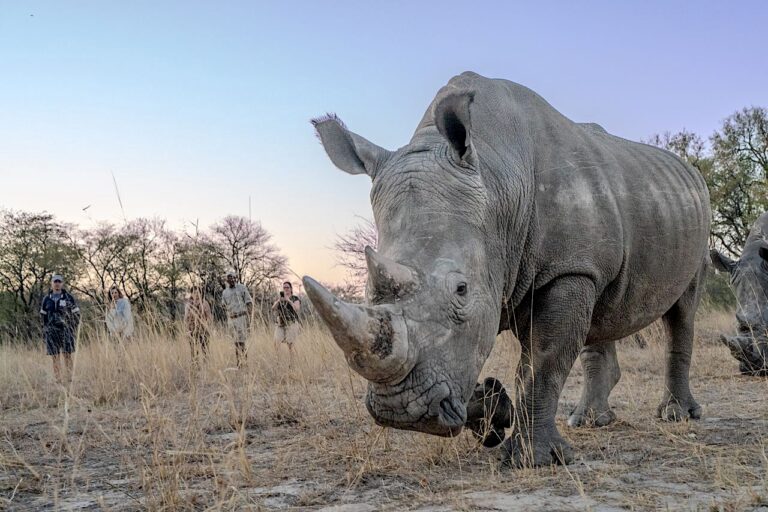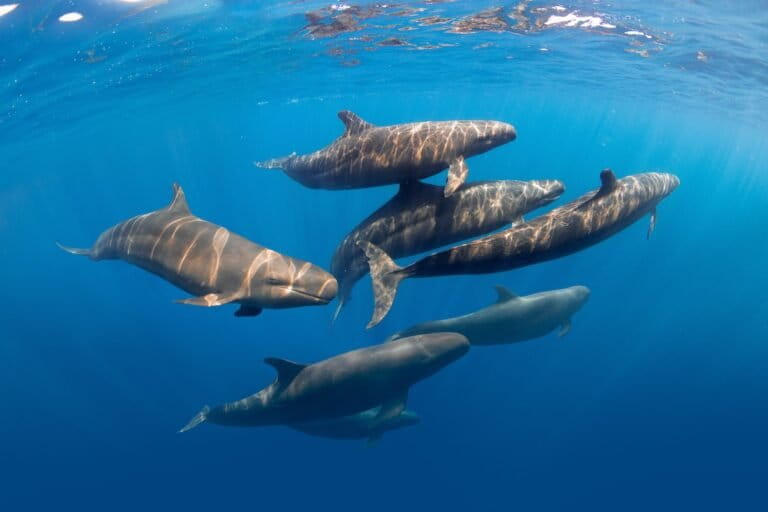- This is the third global coral bleaching event in recorded history.
- Coral reefs in the U.S. are among the worst hit, according to the U.S. National Oceanographic and Atmospheric Administration (NOAA).
- By end of 2015, around 4,633 square miles of coral reefs could die due to the current bleaching event, NOAA estimates.

A massive coral bleaching event is underway. Triggered by global warming, and a strengthening El Niño, the bleaching event could result in mass coral reef die-offs, the U.S. National Oceanographic and Atmospheric Administration (NOAA) announced last week.
The global coral bleaching event is only the third such event of its kind in recorded history. The wave of coral bleaching that began in north Pacific in summer of 2014 has now spread to south Pacific, Indian and the Atlantic oceans.
Among the worst hit are coral reefs in the U.S. In fact, NOAA estimates that “by the end of 2015, almost 95 percent of U.S. coral reefs will have been exposed to ocean conditions that can cause corals to bleach.” Moreover, NOAA warned that the bleaching event could affect around 38 percent of the world’s coral reefs by end of this year, and kill nearly 4,633 square miles (12,000 square kilometers) of reefs.
“The coral bleaching and disease, brought on by climate change and coupled with events like the current El Niño, are the largest and most pervasive threats to coral reefs around the world,” Mark Eakin, NOAA’s Coral Reef Watch coordinator, said in a statement. “As a result, we are losing huge areas of coral across the U.S., as well as internationally. What really has us concerned is this event has been going on for more than a year and our preliminary model projections indicate it’s likely to last well into 2016.”

Corals share a mutual relationship with algae called zooxanthelae. In exchange for shelter and carbon dioxide, these algae give the coral polyps food, oxygen, and their distinct colors.
High water temperatures, caused by El Niño and climate change, can cause corals to get rid of these algae, and turn white or pale. Without a source of food for prolonged periods, some of these corals can then die.
For instance, the first major global coral bleaching event that occurred in 1998 eliminated 16 percent of corals worldwide. A similar catastrophic mass bleaching event occurred in 2010.
The ongoing bleaching event is expected to get worse next year.
“No reefs that experience unusually warm waters are likely to escape unscathed,” Nancy Knowlton from the Smithsonian Institution, told Washington Post, “but reefs already suffering from overfishing and pollution may have a particularly rough time recovering, based on what we have learned from past bleaching events.”

The Great Barrier Reef may be hit especially hard by bleaching in early 2016, scientists from the University of Queensland and NOAA predict.
“If conditions continue to worsen, the Great Barrier Reef is set to suffer from widespread coral bleaching and subsequent mortality, the most common effect of rising sea temperatures,” Professor Ove Hoegh-Guldberg, University of Queensland Global Change Institute Director, said in a statement.
Moreover, bleaching events like these may be coming too quickly, Hoegh-Guldberg told Nature, giving corals no time to recover between them.
Such a global bleaching event can be catastrophic and have economic consequences. “The livelihoods of 500 million people and income worth over $30 billion are at stake,” scientists write.














